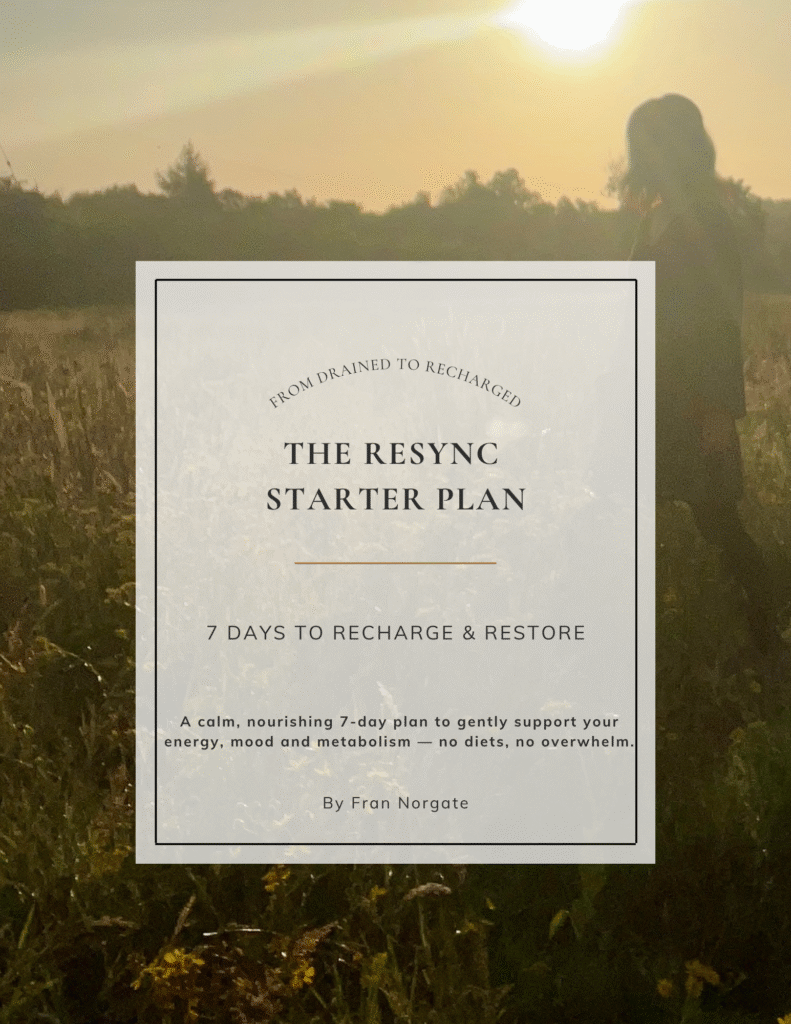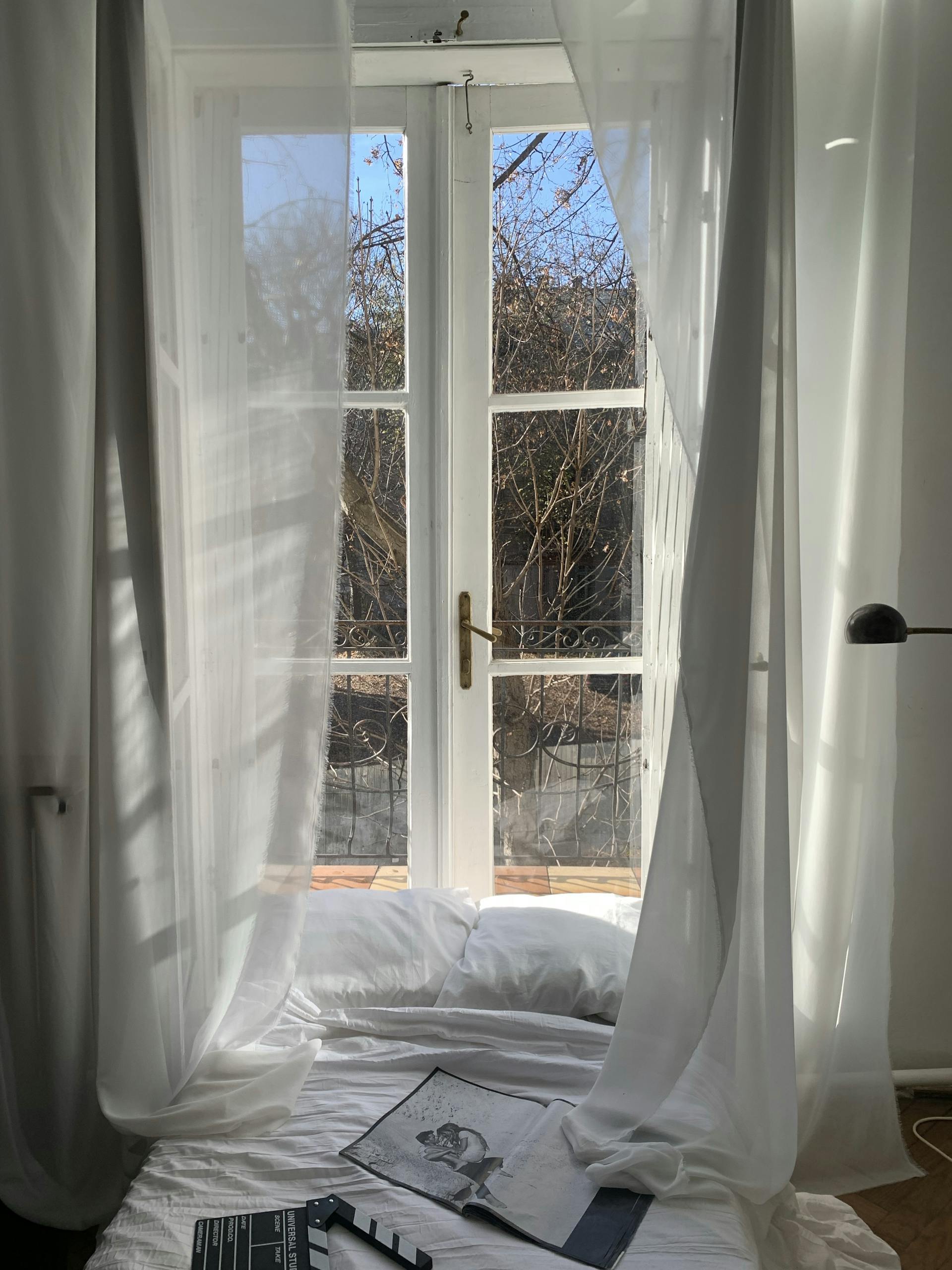Why Morning Light Could Be the Missing Link to a Faster Metabolism and Better Mood
Most of us underestimate the power of morning light — especially when it’s grey and drizzly outside. It’s tempting to stay indoors with a cup of tea, assuming cloudy skies make any benefits pointless. But here’s the truth: research shows that morning light and metabolism are deeply connected. Even on an overcast day, outdoor light often hits 1,000 lux or more, while typical indoor lighting hovers between just 100–300 lux. That difference matters — a lot.
Morning Light, Metabolism, and Your Body’s ‘Storage Mode’
A 2014 study published in PLOS One found that people who received at least 500 lux of morning light had significantly lower BMIs — even when their diet, sleep, and activity levels were the same.
For every hour morning light exposure was delayed, BMI increased by 1.28 points. Why? Because light acts like a daily reset button for your circadian rhythm — the internal clock that governs hormones, energy use, and fat storage.
When your circadian rhythm is out of sync, your body is more likely to:
- Lower thyroid hormone output
- Disrupt cortisol timing
- Suppress leptin (your satiety hormone)
All of which can push the body into storage mode, making fat loss harder and energy dips more frequent.
Why Outdoor Light Beats Artificial Light Boxes
You might wonder: can’t I just use a bright light box instead? Not quite. Morning sunlight isn’t just about brightness — it’s about spectrum.
Artificial light boxes mostly emit blue light, but morning sunlight — even filtered through clouds — delivers a far richer mix of wavelengths, including:
- UVA to stimulate dopamine, serotonin, and alpha-MSH, a neuropeptide that regulates appetite and energy
- Red and infrared light to recharge mitochondria, boosting cellular energy and hormone clearance
- Trace UVB, even on cloudy days, to support cholesterol-based hormone production
This full-spectrum effect is something indoor lights simply can’t replicate.
How Morning Light Supports Mood and Mental Health
It’s not just your waistline that benefits. Exposure to morning light increases serotonin production, which helps stabilise mood and improve focus throughout the day. Studies also link regular outdoor light exposure to reduced symptoms of seasonal affective disorder (SAD) and better overall mental health.
How Much Morning Light Do You Actually Need?
The good news? It doesn’t take hours outdoors to see results. The 2014 PLOS ONE study suggests that just 20–30 minutes of outdoor light above 500 lux in the morning is enough to support healthy circadian alignment and metabolism — even on cloudy days.
Practical tips:
- Step outside within 30–60 minutes of waking, even if it’s overcast
- Leave sunglasses off (unless medically advised otherwise)
- Skip windows — glass filters out key wavelengths
- Pair your light exposure with gentle movement, like a short walk, to amplify benefits
The Bottom Line
Even if the skies are grey, morning light is one of the most underrated tools for better metabolism, energy, and mood. Spending just 20–30 minutes outside each morning can help reset your body’s natural rhythms, improve hormone balance, and give you a noticeable boost in focus and vitality.
Sometimes, the simplest daily rituals can be the most powerful.
If you found this interesting, check out this post:

Ready to Feel More Like
You Again?
The Resync Starter Plan is your free guide to gently restoring energy, balance, and clarity—without diets, overwhelm, or starting from scratch.
Inside, you’ll find:
- Simple shifts to support your hormones, digestion, and nervous system
- Calming rituals to help you feel grounded in a busy world
- A rhythm that fits real life—not another rigid health plan
It’s like a warm cuppa and a deep breath… for your body and mind.
👉 Download your free copy now and take your first step back to balance.

